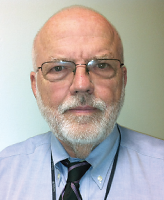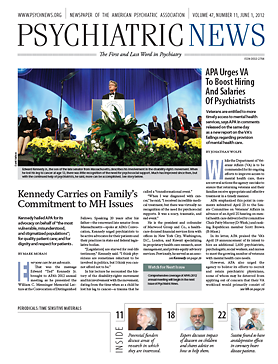Disaster is a severe psychosocial or ecological disruption of a community that exceeds the adaptive capacity of the community. In most situations, it is chance happening.
Most survivors of disaster, particularly children, have trouble with the idea of chance happening. There is a general reluctance to accept randomness in human affairs. How does the child growing up in the world begin to understand the chance happenings of everyday life? How do children respond to the accidental events that impact their lives? What are the emotions that make it so difficult for individuals, both children and adults, to accept the impersonal forces that often shape our surroundings? Both Freud and Piaget recognized that a belief in chance happenings is a late cognitive acquisition.
A survey of 2,030 children, 2 to 17 years of age, in the United States indicates that the lifetime exposure to disaster is 13.9 percent and that 4.1 percent of the children had experienced a disaster in the prior year. Children are particularly limited in their cognitive capacities to process the meaning of sudden, unexpected chance happenings such as disaster and other traumatic events that uproot their personal and family lives. In 2010, the National Commission on Children and Disasters recognized the unique vulnerability of children to disaster, noting their cognitive and emotional immaturity and their elevated risk for emotional and behavioral problems, including posttraumatic stress disorder, depression, anxiety, bereavement, academic failure, delinquency, and substance abuse.
Young children do not recognize the existence of chance happenings. Children with their egocentric theory of causality tend to believe that everything that happens in the universe is related to something they did or did not do. For the child 2 to 7 years of age, physical reality is perceived as animated and alive. There is a lack of differentiation between one’s inner subjective world and the physical universe. Egocentric assimilation leads the child to assume certain principles of causality, that is, the principles of animism, finalism, and artificialism.
Animism is the tendency to conceive of things as living beings like ourselves. A child believed the “eye of the hurricane” was a monster coming for him.
Finalism assumes that events happen in the world with intentionality to achieve a purpose. A young girl believed that the Chowchilla bus kidnapping was a punishment because she had called her mother “the meanest mother in the world” as she left for school that morning.
Artificialism is the belief that everything has been built or determined by man. One child believed a flood that devastated communities was a direct consequence of his repeatedly flushing the toilet at home, a behavior for which he had been reprimanded.
Therapy with young children requires sensitivity to their cognitive level and proclivity for an egocentric theory of causality. Frequently the child’s processing of the meaning of disaster is mirrored and shaped by the parents’ interpretations within the limitations of their own cognitive capacities. The helper/therapist is a first-line responder or a mental health professional who uses psychological first aid, skills for psychological recovery, or other more sustained interventions to consider the child’s and often the adults’ striving to interpret and place meaning on the disaster experience. Each survivor will have to determine vis-à-vis his or her individual belief system that disaster “happens for a reason,” is a product of a higher purpose, a product of one’s intrapsychic machinations, or a chance happening. Whatever the causal explanation, it will have derivative effects on the therapeutic process and recovery.
It is essential for the therapist, however, not only to be sensitive to the child’s readiness for egocentric theories of causality but also to be sensitive to the family’s interpretation of the meaning of the disaster and to be able to facilitate a more adaptive interpretation, thus mitigating guilt and the idiosyncratic sense of responsibility so often present in the survivors of disaster.
Jon A. Shaw, M.D., is professor and director of the Division of Child and Adolescent Psychiatry and Behavioral Sciences at the University of Miami Miller School of Medicine. He is coauthor of Care of Children Exposed to the Traumatic Effects of Disaster,
published by American Psychiatric Publishing. APA members can purchase the book at a discount at www.appi.org/SearchCenter/Pages/SearchDetail.aspx?ItemId=62426 . 
